3F. average high on November 18.
56 F. high on November 18, 2015.
3.9" snow fell at St. Cloud.
.59" rain fell at KMSP Friday.
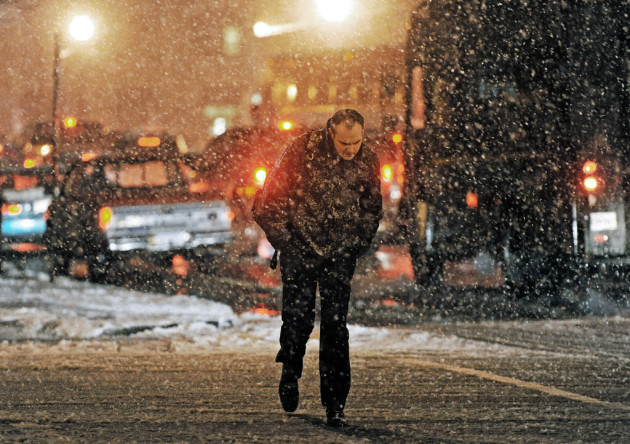
So Long Green Lawns - Cue Winter's Cruel Sting
So THIS is what November feels like. I guess it's finally time to take in the dock and stash the golf clubs into cold storage. But what memories. 13-15F warmer than average for the first 17 days of November. It may have also been the sunniest start to November since 1981, according to Dr. Mark Seeley.
Tell that to residents of western Minnesota, digging out from swirling drifts and icy roads. November blizzards aren't all that unusual in Minnesota, but yesterday was awe-inspiring: rain, thunder, hail, sleet, freezing rain and snow, all in the same day!
Old Man Winter's snarl dies down today as winds ease and skies begin to clear. Daytime highs flirt with 40F much of next week; close to average for late November. Man, have we ever become spoiled.
Models pull a cold rain into town next Tuesday but Thanksgiving Day should be dry with glimmers of sun and low 40s. No major, travel-busting storms are brewing for holiday travel, but long-range models look stormy into early December, with temperatures marginally cold enough for snow.
November was a gift from on high. December? Not so much.
59 mph wind gust at MSP International Airport at 4pm Friday afternoon.
Latest snowfall totals are here (map form) and here.
Winter Travel Tips. Here's an excerpt of a pretty good list of things to consider as we head into snow and ice season, courtesy of The Twin Cities National Weather Service:
Out on the Road
- Before increasing your speed, get a feel for the traction. Remember that bridges and overpasses can be more slippery than other parts of the road. Do not brake suddenly. If you have anti-lock brakes, apply steady and firm pressure to the pedal. Do not pump anti-lock brakes
- If you begin to skid, remain calm. Ease your foot off of the gas and turn the wheel in the direction you want the front of the car to go
- When driving near snowplows, remember: Stay Back, Stay Alive. Reduce your speed. Never drive into a snow cloud. An average snowplow weighs 17 times more than an average car. If you are in a collision with a snowplow, you will lose. Be patient; follow eight seconds behind snowplows
- Check the latest weather information as you drive
- If severe winter weather is expected, consider postponing travel
- Avoid traveling alone during a winter storm
- Always fill the gas tank before entering open country, even for a short distance
- Stock your vehicle with a winter storm safety kit
- If the storm begins to be too much for you to handle, seek refuge
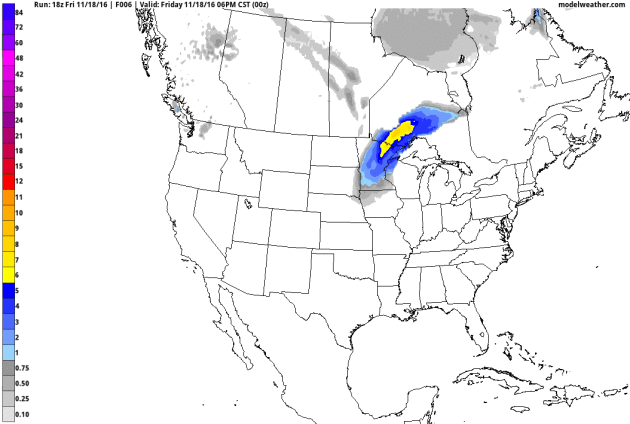
10-Day Accumulated Snow. Data is coming from NOAA's GFS model; a plowable snowfall early in the week for upstate New York and much of northern New England, with significant snows for the highest elevations of the western USA next week. The maps are definitely (finally) starting to look like winter. Animation: AerisWeather.

A November To Remember. All or nothing: either 60s, green lawns and golf, or blizzard conditions for much of Minnesota. Nothing like easing into winter huh? Here's an excerpt from Dr. Mark Seeley at Minnesota WeatherTalk: "The record-setting warmth of the first 17 days of November (temperatures 13-15°F above normal) abruptly ended this week with a strong winter storm which ushered in widespread precipitation, some heavy snow, very strong winds, and cold air. For the first time since mid-October many communities will see their first below normal temperatures over this coming weekend, and central and northern Minnesota will receive the first significant snowfall, with many western counties under a blizzard warning. Although this weather event will bring an end to the historically warm pattern it is likely that with moderating temperatures for the balance of November, we will end up with one of the warmest Novembers in state history. In addition much of the model guidance suggests that the first ten days of December will be warmer than normal as well..."
Image obtained using a climate reanalyzer. (Climate Change Institute/University of Maine)
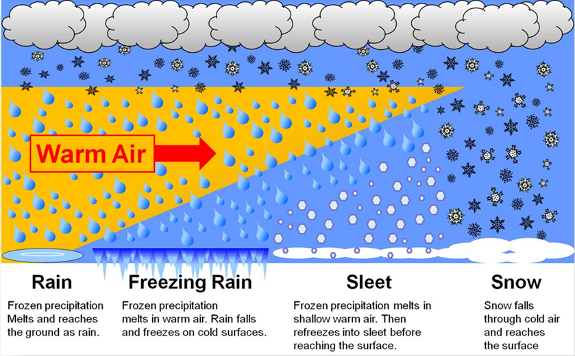
Right On Cue. A negative phase of the NAO, the North Atlantic Oscillation, should make it easier for cold air to penetrate farther south as we head into late November and the first few days of December. Some of these numbing intrusions will spin up storms, and temperatures over the northern half of the USA may be cold enough for snow or a mix into mid-December.
Six Reasons Why NOAA's GOES-R Satellite Matters. Phys.org
has a story with context and perspective, why the launch of GOES-R
(soon to be GOES-16) is a very big deal for weather forecasting: "...The
primary instrument on the new GOES-R satellite will collect three times
more data and provide four times better resolution and more than five
times faster coverage than current satellites. This means the satellite
can scan Earth's Western Hemisphere every five minutes and as often as
every 30 seconds in areas where severe weather forms, as compared to
approximately every 30 minutes with the current GOES satellites..."
Image credit:
"Major Hurricane Joaquin is shown at the far eastern periphery of the
GOES West (GOES-15) satellite's full disk extent, taken at 1200z on
October 1, 2015." Credit: NOAA.
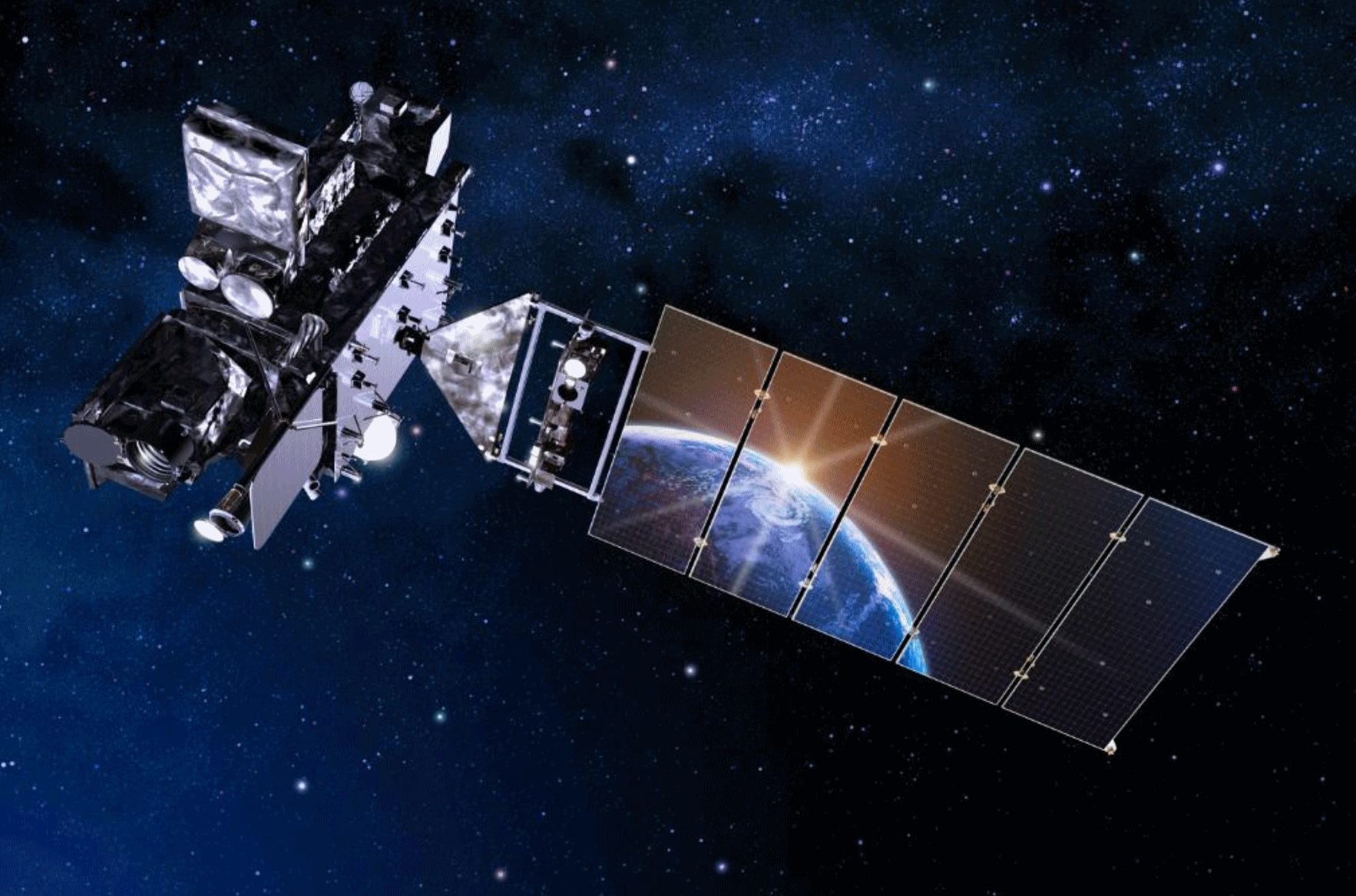
Weather Satellite Revolution. Here's more detail from NOAA: "Included in the advanced equipment on the satellite is the new Geostationary Lightning Mapper. In addition to providing forecaster with information on the potential for severe storm development this new technology will allow NOAA to provide real-time observations of lightning data directly to the public. This will allow the public to track lightning activity throughout the country, monitor nearby storms, and curtail outdoor activities early to avoid the lightning threat.
This year there have been 36 lightning deaths in the U.S., the most since 2007 when there were 45 fatalities. On average there have been about 30 lightning deaths in the U.S. in recent years.
More information on the Geostationary Lightning Mapper can be found at:
Weather Satellite Revolution. Here's more detail from NOAA: "Included in the advanced equipment on the satellite is the new Geostationary Lightning Mapper. In addition to providing forecaster with information on the potential for severe storm development this new technology will allow NOAA to provide real-time observations of lightning data directly to the public. This will allow the public to track lightning activity throughout the country, monitor nearby storms, and curtail outdoor activities early to avoid the lightning threat.
This year there have been 36 lightning deaths in the U.S., the most since 2007 when there were 45 fatalities. On average there have been about 30 lightning deaths in the U.S. in recent years.
More information on the Geostationary Lightning Mapper can be found at:
More information on the GOES-R satellite can be found here:
Major
Hurricane Joaquin is shown at the far eastern periphery of the GOES
West (GOES-15) satellite’s full disk extent, taken at 1200Z on October
1, 2015. Credit: NOAA
Read more at: http://phys.org/news/2016-11-noaa-goes-r-satellite.html#jCp
Read more at: http://phys.org/news/2016-11-noaa-goes-r-satellite.html#jCp
Major
Hurricane Joaquin is shown at the far eastern periphery of the GOES
West (GOES-15) satellite’s full disk extent, taken at 1200Z on October
1, 2015. Credit: NOAA
Read more at: http://phys.org/news/2016-11-noaa-goes-r-satellite.html#jCp
Read more at: http://phys.org/news/2016-11-noaa-goes-r-satellite.html#jCp
The Extraordinary Effects of Dust on Global Weather. Pacific Standard has a fascinating story - here's an excerpt: "...So
what effect will all that extra dust have on Earth’s weather and
climate in the future? No one really knows — at least not yet. “One of
the greatest sources of uncertainty in global climate models is
aerosol-cloud interactions,” says Charlotte Beall, a researcher and
graduate student at Scripps. “And that uncertainty impedes our progress
with these models, which are our predictive, diagnostic tool for
understanding what is going to happen in a changing climate...” (Photo: NOAA AOML).
America's First All-Renewable-Energy City. What is happening in Burlington can (and will) be replicated elsewhere. Here's the intro to a story at Politico Magazine: "To
understand what makes Burlington unlike almost any other city in
America when it comes to the power it consumes, it helps to look inside
the train that rolls into town every day. The 24 freight cars that pull
up to the city’s power plant aren’t packed with Appalachian coal or
Canadian fuel oil but wood. Each day 1,800 tons of pine and timber
slash, sustainably harvested within a 60-mile radius and ground into
wood chips, is fed into the roaring furnaces of the McNeil Generating
Station, pumping out nearly half of the city’s electricity needs. Much
of the rest of what Burlington’s 42,000 citizens need to keep the lights
on comes from a combination of hydroelectric power drawn from a plant
it built a half mile up the Winooski River, four wind turbines on nearby
Georgia Mountain and a massive array of solar panels at the airport..."
Photo credit: Mark Peterson/Redux Pictures for Politico Magazine.
Tesla - SolarCity Merger "Overwhelmingly Approved". Greentech Media has an update: "...The
acquisition of SolarCity will create the world’s only integrated
sustainable energy company, from energy generation to storage to
transportation," according to a Tesla blog post
published ahead of the shareholder vote. By joining forces, the
companies can offer a seamless home solar plus storage solution,
featuring SolarCity and Tesla's new "beautiful" solar roof technology and the Powerwall 2.0.
In a Q&A following the acquisition announcement, CEO Elon Musk said
Tesla would start volume production of the solar roof next summer and
that the product would sell at or below the cost of a regular roof --
including labor. "The electricity is just a bonus," he said..."
* More details on Tesla's upcoming "Solar Roof" here. More on the merger from The Wall Street Journal.
Protecting Your Digital Life in 7 Easy Steps. The New York Times has some good advice: "There are more reasons than ever to understand how to protect your personal information. Major hacks seem ever more frequent. Investigators believe that a set of top-secret National Security Agency hacking tools were offered to online bidders this summer. And many of those worried about expanded government surveillance by the N.S.A. and other agencies have taken steps to secure their communication..."
Image credit: Kacper Pempel/Reuters.
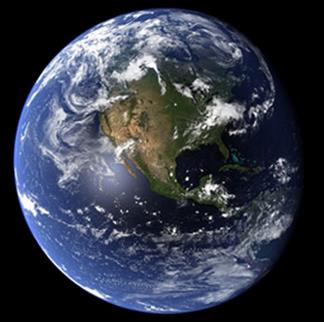
Stephen Hawking Just Gave Humanity a Due Date For Finding Another Planet. The Washington Post has the story: "If humanity survives the rise of artificial intelligence, the ravages of climate change and the threat of nuclear terrorism in the next century, it doesn't mean we're home free, according to Stephen Hawking. The renowned theoretical physicist has gone as far as providing humanity with a deadline for finding another planet to colonize: We have 1,000 years. Remaining on Earth any longer, Hawking believes, places humanity at great risk of encountering another mass extinction. “We must ... continue to go into space for the future of humanity,” the 74-year-old Cambridge professor said during a speech Tuesday at Oxford University Union, according to the Daily Express..." (File image: NASA).
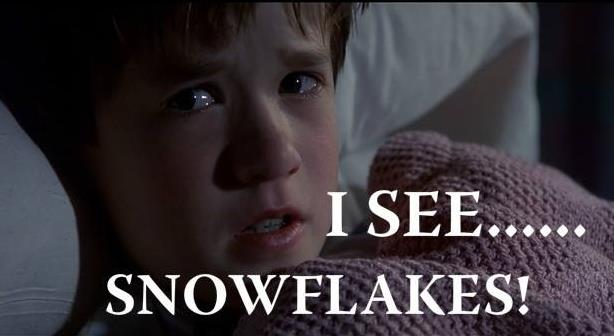
TODAY: Slow clearing. Numb. Windchills in the teens this morning. Winds: NW 10-15. High: 31
SATURDAY NIGHT: Mostly clear and chilly. Low: 20
SUNDAY: Sunny, less wind. Still nippy. Winds: E 5-10. High: 35
MONDAY: Partly sunny, a dry sky overhead. Winds: SE 10-15. Wake-up: 23. High: near 40
TUESDAY: A cold rain, mainly wet roads. Some icing can't be ruled out. Winds: SE 10-20. Wake-up: 30. High: 41
WEDNESDAY: Flurries taper early, slow clearing. Winds: NW 10-15. Wake-up: 33. High: 39
THANKSGIVING: More clouds than sun on Turkey Day. Winds: SE 5-10. Wake-up: 28. High: 42
BLACK FRIDAY: Patchy clouds, flurries possible. Few slick spots? Winds: NW 5-10. Wake-up: 27. High: 39
Climate Stories

President Trump Might Be Exactly What The Climate Movement Needs. Here's an excerpt from an analysis at Slate: "...His decision to pull out of the Paris Agreement could incite international backlash with adverse U.S. economic consequences—for instance, it could cause France to impose a carbon tax on imported American goods. Such moves by a Trump administration could trigger broad populist support for climate policy that, to date, has yet to emerge. There are hints that this is already happening. In the week since Trump’s election, many environmental organizations have received record-breaking numbers of donations. Many came from first-time donors; in fact, in just the past week, one group received gifts from as many new donors as it usually gets in an entire year. Indeed, the passion shown in Sanders rallies does not appear to be withering. Rather, it could gather strength in the coming months as people rally around Trump’s anti-environmental policies..." (File photo: AP)
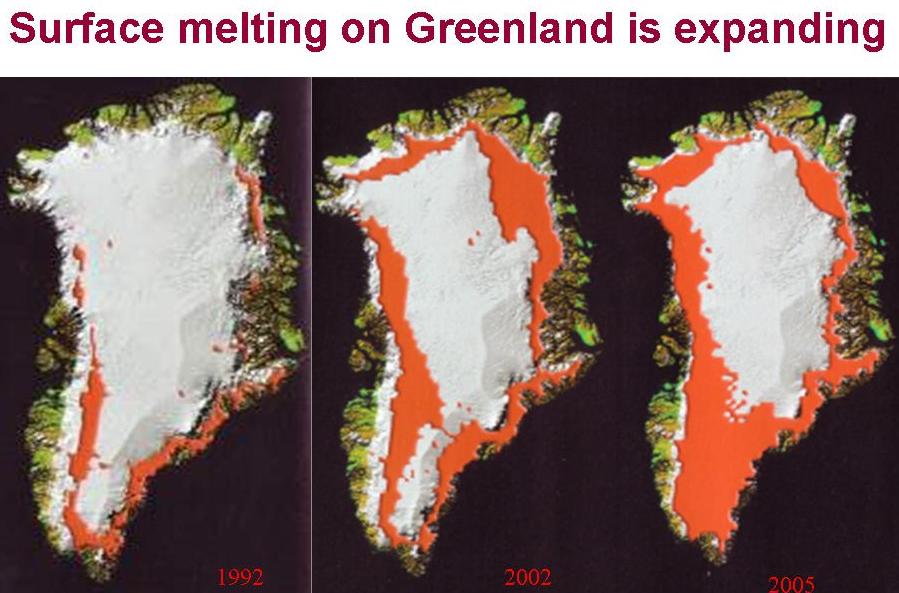
Greenland's Getting Warmer, But Farmers There Are Struggling More Than Ever. Here's an snippet of an NPR story: "...Since Greenland's 60,000 citizens rely almost entirely on food imports from Denmark and other European countries, farmers and officials have hoped that steadily rising temperatures, and shorter winters, would spur a growth in agriculture here. (Summer temperatures have risen about 2 degrees Fahrenheit in southern Greenland since 1975, increasing the growing season by two weeks.) And media stories about Arctic gardening in greenhouses or the warming temperatures have hyped the possibilities. Instead, says Aqalooraq Frederiksen, a third-generation farmer who works at a regional farmer assistance bureau, the dry summers are diminishing the prospects for Greenlandic farming..."
Nuclear Closures Magnify U.S. Climate Challenge for Trump. Until clean, renewable energy can ramp up at scale, only nuclear provides the carbon-free capacity the USA requires to keep the lights on and the economy powered up, at least in the short term. Here's an excerpt from E&E Publishing: "...A multipart series by E&E News examines industry warnings that as much as 15 percent of the 99 U.S. nuclear reactors may be shut down in a decade or less, unable to compete with cheaper natural gas-fired generation. The loss of this much around-the-clock, carbon-free nuclear energy would significantly undermine U.S. efforts to limit carbon dioxide emissions from power plants, the chief climate policy goal of the outgoing Obama administration, according to E&E News reporting and analysis..."
Photo credit: "The closed-down Vermont Yankee nuclear plant is transferring nuclear fuel to concrete-encased dry casks, shown in the foreground. The plant's dismantling, decontamination and site restoration is expected to take until 2030. The radioactive fuel could remain on site for decades." Photo courtesy of Entergy Corp.
Trump Win Opens Way for China To Take Climate Leadership Role. Reuters reports: "The election of climate change skeptic Donald Trump as president is likely to end the U.S. leadership role in the international fight against global warming and may lead to the emergence of a new and unlikely champion: China. China worked closely with the administration of outgoing President Barack Obama to build momentum ahead of the 2015 Paris Agreement on climate change. The partnership of the two biggest greenhouse gas emitters helped get nearly 200 countries to support the pact at the historic meet in France's capital..."
Photo credit: "U.S. President-elect Donald Trump gestures as he speaks at election night rally in Manhattan, New York, U.S., November 9, 2016." REUTERS/Mike Segar.
Climate Change, Hurricanes and Floods: An LSU Dialogue. Louisiana will be one of the first states to be impacted by rising seas and heavier summer rains; here's an excerpt from NOLA.com: "Climate change, hurricanes and floods were hot topics Wednesday (Nov. 16) during the Louisiana State University International Programs' intercultural dialogue on weather, water and climate. Whatever the extent of climate change, one speaker said, Louisiana will be in the crosshairs. Jay Grymes, chief meteorologist at WAFB television, opened the presentations with a focus on the state's wet climate and the potential effects of climate change. He warned that of the lower 48 states, Louisiana might be the most severely affected..."
Photo credit: Max Becherer, AP.
Tracking Effects of Climate Change on Human Health. Here's an excerpt from Huffington Post: "...It is vital that progress on limiting emissions of carbon dioxide and short-lived climate pollutants, such as methane and black carbon, is monitored. Governments must be held accountable for meeting their nationally determined contributions towards global cuts in emissions, and incentivized to go further. Climate change poses major threats to human health but policies to reduce emissions have great potential to improve health in the near-term, including by reducing air pollution and encouraging dietary changes. A new international initiative aims to provide more crucial information on the relationship between climate change and health..."
No comments:
Post a Comment